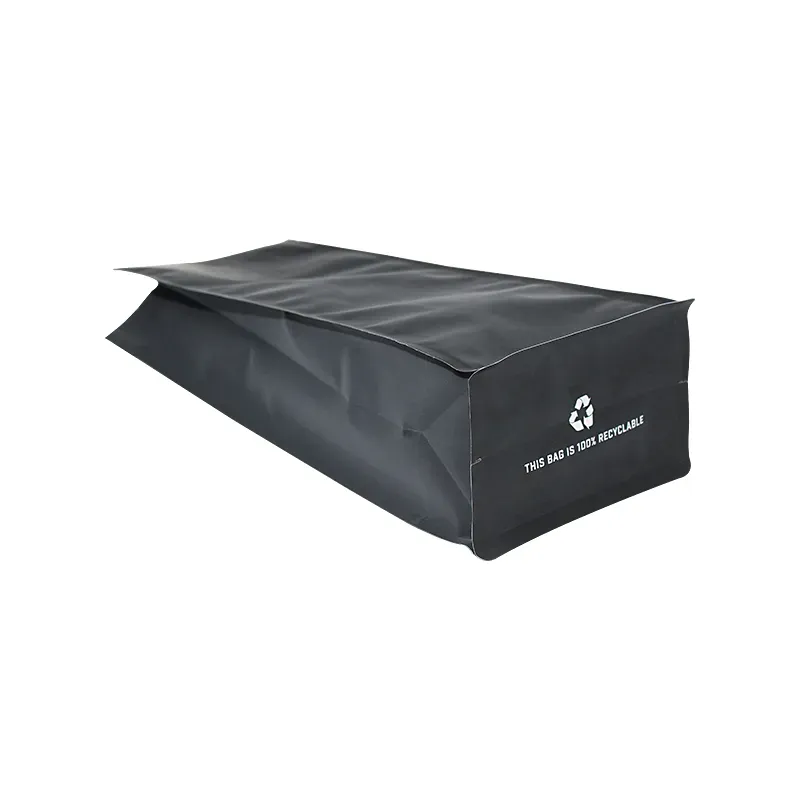how big is a 55 gallon drum
Understanding the Size of a 55-Gallon Drum
When it comes to storage solutions, few items are as ubiquitous and practical as the 55-gallon drum. Commonly used for both commercial and personal purposes, these drums have become a standard for transporting and storing liquids. However, many people might wonder just how big is a 55-gallon drum?
Dimensions and Basic Specifications
A standard 55-gallon drum is typically constructed from steel, plastic, or fiber. The height and diameter of these drums can vary slightly based on the material and manufacturer, but the general dimensions are relatively consistent. Most 55-gallon steel drums measure approximately 34.5 inches tall, with a diameter of about 23 inches. Plastic drums of the same capacity tend to have similar dimensions but may have variations due to differing thicknesses or designs.
These dimensions make the 55-gallon drum a versatile tool for various applications. It holds roughly 208 liters of liquid, which translates to a substantial amount for both small businesses and individuals. Given its size, a single drum can easily store a variety of materials, ranging from chemicals and oils to food-grade substances.
Weight Considerations
When considering the weight of a 55-gallon drum, it's essential to understand that the weight will vary depending on the contents. For instance, an empty steel drum might weigh around 40 to 50 pounds, while a filled drum’s weight could easily exceed 400 pounds, depending on the density of the liquid inside. For example, water weighs about 8.34 pounds per gallon, meaning a full 55-gallon drum of water would weigh approximately 450 pounds. This substantial weight necessitates careful handling and appropriate equipment for transport or storage.
Uses and Applications
how big is a 55 gallon drum

55-gallon drums are employed in various industries, including manufacturing, agriculture, and food processing. They are often used to store chemicals, petroleum products, and hazardous materials due to their sturdy construction and ability to be sealed tightly. In the food industry, these drums can hold bulk ingredients such as honey, oils, and syrups, showcasing their versatility.
In addition to industrial applications, many individuals use 55-gallon drums for hobbies or personal projects. For example, they can be converted into rainwater collection systems, compost bins, or even outdoor furniture. Their durability and availability make them appealing for many DIY projects.
Considerations for Storage
When storing a 55-gallon drum, several factors should be kept in mind. First and foremost is safety. Depending on the contents, proper labeling and safety precautions are necessary to avoid accidents. If storing hazardous materials, ensure that the drum is stored in a well-ventilated area, away from direct sunlight and heat sources. Additionally, consider the weight of the drum when storing it; it should be placed on stable and leveled surfaces, ideally using a pallet or dedicated drum storage system to prevent tipping.
Environmental Impact
In recent years, there has been a growing emphasis on recycling and reusing materials, and 55-gallon drums are no exception. Many companies offer services to repurpose old drums or recycle the materials. This practice not only helps reduce waste but also contributes to a more sustainable environment. Whether used in their original purpose or modified for new uses, these drums play a significant role in promoting resource efficiency.
Conclusion
In summary, a 55-gallon drum is a practical, versatile storage option that can accommodate various liquids and materials. Its standard dimensions make it easy to handle and transport, while its durability ensures that it can withstand demanding storage conditions. Whether utilized in commercial settings or for personal projects, understanding the size and capabilities of a 55-gallon drum can help individuals and businesses make informed decisions about their storage needs. As we continue to innovate and prioritize sustainability, the role of the 55-gallon drum will likely remain significant in our quest for efficient storage solutions.













